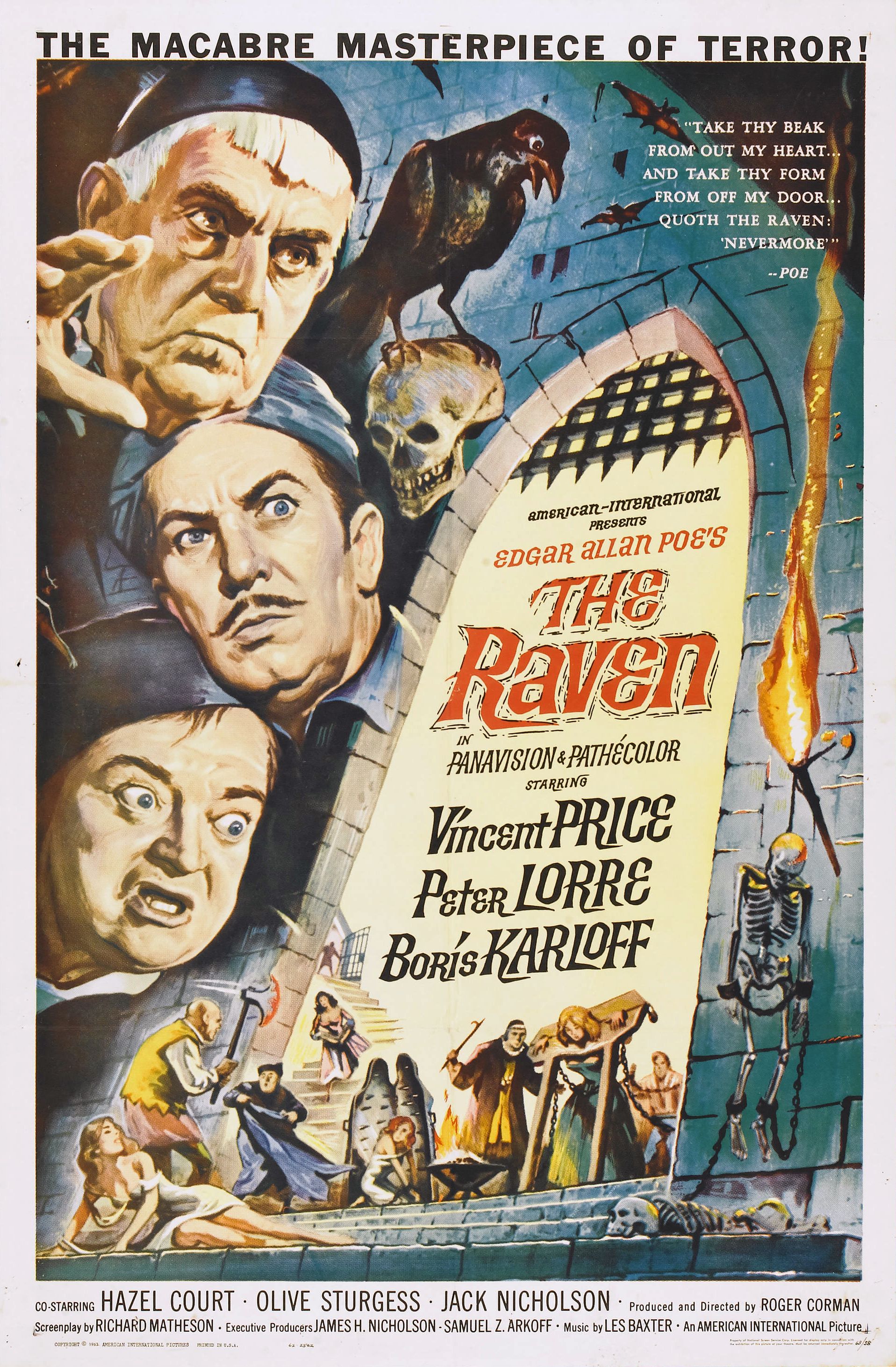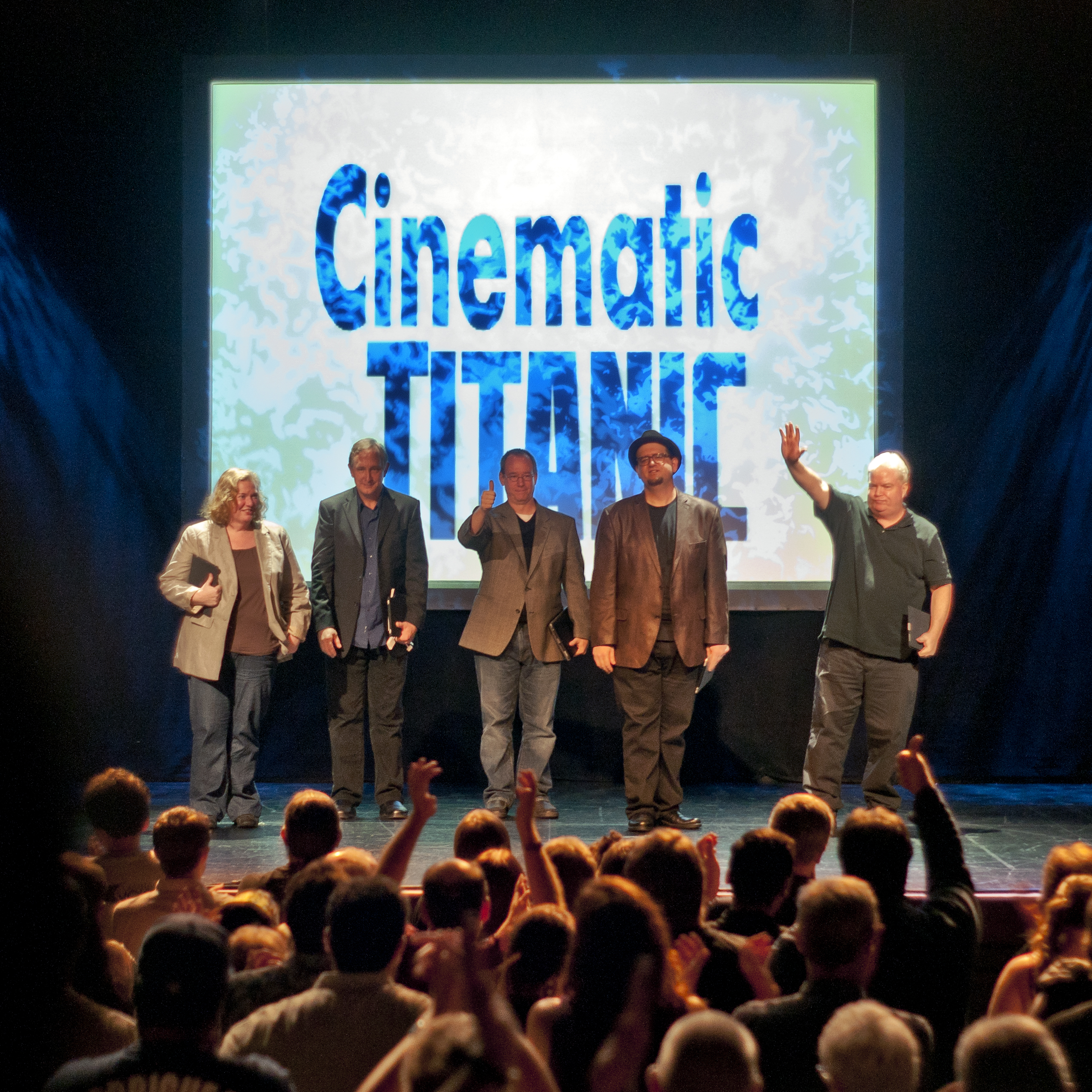|
The Cult Movie Network
The Cult Movie Network is a Canadian-based English language online video-on-demand service consisting of programming devoted to cult films from a variety of genres, primarily horror, but also including fantasy, comedy, and action, among others. The channel is owned by the Cult Movie Channel Inc., a company owned by Dieter Kohler. The service previously operated additionally as a linear television service in Canada and international markets until the channel was dropped by the only provider who carried it in Canada in late 2018. It is unknown whether the channel still operates in international markets. History In May 2003, Dieter Kohler was granted approval by the Canadian Radio-television and Telecommunications Commission (CRTC) to launch a television channel called ''The Cult Movie Channel'', described as being ''"an English-language Category 2 specialty television service... devoted to exploring the world of cult film and television."'' The service initially launched as an onl ... [...More Info...] [...Related Items...] OR: [Wikipedia] [Google] [Baidu] |
480i
480i is the video mode used for standard-definition digital television in the Caribbean, Japan, South Korea, Taiwan, Philippines, Laos, Western Sahara, and most of the Americas (with the exception of Argentina, Paraguay, and Uruguay). The ''480'' identifies a vertical resolution of 480 lines, and the ''i'' identifies it as an interlaced resolution. The field rate, which is 60 Hz (or 59.94 Hz when used with NTSC color), is sometimes included when identifying the video mode, i.e. 480i60; another notation, endorsed by both the International Telecommunication Union in BT.601 and SMPTE in SMPTE 259M, includes the frame rate, as in 480i/30. The other common standard definition digital standard, used in the rest of the world, is 576i. It originated from the need for a standard to digitize analog TV (defined in BT.601) and is now used for digital TV broadcasts and home appliances such as game consoles and DVD disc players. Although related, it should not be confused with the an ... [...More Info...] [...Related Items...] OR: [Wikipedia] [Google] [Baidu] |
B Movie
A B movie or B film is a low-budget commercial motion picture. In its original usage, during the Golden Age of Hollywood, the term more precisely identified films intended for distribution as the less-publicized bottom half of a double feature (akin to B-sides for recorded music). However, the U.S. production of films intended as second features largely ceased by the end of the 1950s. With the emergence of commercial television at that time, film studio B movie production departments changed into television film production divisions. They created much of the same type of content in low budget films and series. The term ''B movie'' continues to be used in its broader sense to this day. In its post-Golden Age usage, B movies can range from lurid exploitation films to independent arthouse films. In either usage, most B movies represent a particular genre—the Western was a Golden Age B movie staple, while low-budget science-fiction and horror films became more popular in the 19 ... [...More Info...] [...Related Items...] OR: [Wikipedia] [Google] [Baidu] |
Digital Cable Television Networks In Canada
Digital usually refers to something using discrete digits, often binary digits. Technology and computing Hardware *Digital electronics, electronic circuits which operate using digital signals **Digital camera, which captures and stores digital images ***Digital versus film photography **Digital computer, a computer that handles information represented by discrete values **Digital recording, information recorded using a digital signal Socioeconomic phenomena *Digital culture, the anthropological dimension of the digital social changes * Digital divide, a form of economic and social inequality in access to or use of information and communication technologies * Digital economy, an economy based on computing and telecommunications resources Other uses in technology and computing *Digital data, discrete data, usually represented using binary numbers *Digital marketing, search engine & social media presence booster, usually represented using online visibility. *Digital media, media s ... [...More Info...] [...Related Items...] OR: [Wikipedia] [Google] [Baidu] |
Internet Television Streaming Services
The Internet (or internet) is the global system of interconnected computer networks that uses the Internet protocol suite (TCP/IP) to communicate between networks and devices. It is a '' network of networks'' that consists of private, public, academic, business, and government networks of local to global scope, linked by a broad array of electronic, wireless, and optical networking technologies. The Internet carries a vast range of information resources and services, such as the inter-linked hypertext documents and applications of the World Wide Web (WWW), electronic mail, telephony, and file sharing. The origins of the Internet date back to the development of packet switching and research commissioned by the United States Department of Defense in the 1960s to enable time-sharing of computers. The primary precursor network, the ARPANET, initially served as a backbone for interconnection of regional academic and military networks in the 1970s to enable resource sharing. The ... [...More Info...] [...Related Items...] OR: [Wikipedia] [Google] [Baidu] |
Television Channels And Stations Disestablished In 2018
Television, sometimes shortened to TV, is a telecommunication medium for transmitting moving images and sound. The term can refer to a television set, or the medium of television transmission. Television is a mass medium for advertising, entertainment, news, and sports. Television became available in crude experimental forms in the late 1920s, but only after several years of further development was the new technology marketed to consumers. After World War II, an improved form of black-and-white television broadcasting became popular in the United Kingdom and the United States, and television sets became commonplace in homes, businesses, and institutions. During the 1950s, television was the primary medium for influencing public opinion.Diggs-Brown, Barbara (2011''Strategic Public Relations: Audience Focused Practice''p. 48 In the mid-1960s, color broadcasting was introduced in the U.S. and most other developed countries. The availability of various types of archival stora ... [...More Info...] [...Related Items...] OR: [Wikipedia] [Google] [Baidu] |
Television Channels And Stations Established In 2010
Television, sometimes shortened to TV, is a telecommunication medium for transmitting moving images and sound. The term can refer to a television set, or the medium of television transmission. Television is a mass medium for advertising, entertainment, news, and sports. Television became available in crude experimental forms in the late 1920s, but only after several years of further development was the new technology marketed to consumers. After World War II, an improved form of black-and-white television broadcasting became popular in the United Kingdom and the United States, and television sets became commonplace in homes, businesses, and institutions. During the 1950s, television was the primary medium for influencing public opinion.Diggs-Brown, Barbara (2011''Strategic Public Relations: Audience Focused Practice''p. 48 In the mid-1960s, color broadcasting was introduced in the U.S. and most other developed countries. The availability of various types of archival storag ... [...More Info...] [...Related Items...] OR: [Wikipedia] [Google] [Baidu] |
Movie Channels In Canada
A film also called a movie, motion picture, moving picture, picture, photoplay or (slang) flick is a work of visual art that simulates experiences and otherwise communicates ideas, stories, perceptions, feelings, beauty, or atmosphere through the use of moving images. These images are generally accompanied by sound and, more rarely, other sensory stimulations. The word "cinema", short for cinematography, is often used to refer to filmmaking and the film industry, and to the art form that is the result of it. Recording and transmission of film The moving images of a film are created by photographing actual scenes with a motion-picture camera, by photographing drawings or miniature models using traditional animation techniques, by means of CGI and computer animation, or by a combination of some or all of these techniques, and other visual effects. Before the introduction of digital production, series of still images were recorded on a strip of chemically sensitized ... [...More Info...] [...Related Items...] OR: [Wikipedia] [Google] [Baidu] |
English-language Television Stations In Canada
English is a West Germanic language of the Indo-European language family, with its earliest forms spoken by the inhabitants of early medieval England. It is named after the Angles, one of the ancient Germanic peoples that migrated to the island of Great Britain. Existing on a dialect continuum with Scots, and then closest related to the Low Saxon and Frisian languages, English is genealogically West Germanic. However, its vocabulary is also distinctively influenced by dialects of France (about 29% of Modern English words) and Latin (also about 29%), plus some grammar and a small amount of core vocabulary influenced by Old Norse (a North Germanic language). Speakers of English are called Anglophones. The earliest forms of English, collectively known as Old English, evolved from a group of West Germanic ( Ingvaeonic) dialects brought to Great Britain by Anglo-Saxon settlers in the 5th century and further mutated by Norse-speaking Viking settlers starting in the 8th and ... [...More Info...] [...Related Items...] OR: [Wikipedia] [Google] [Baidu] |
Mystery Science Theater 3000
''Mystery Science Theater 3000'' (abbreviated as ''MST3K'') is an American science fiction comedy film review television series created by Joel Hodgson. The show premiered on KTMA-TV (now WUCW) in Minneapolis, Minnesota, on November 24, 1988. It then moved to nationwide broadcast, first on The Comedy Channel/Comedy Central for seven seasons until its cancellation in 1996. Thereafter, it was picked up by The Sci-Fi Channel and aired for three more seasons until another cancellation in August 1999. A 60-episode syndication package titled ''The Mystery Science Theater Hour'' was produced in 1993 and broadcast on Comedy Central and syndicated to TV stations in 1995. In 2015, Hodgson led a crowdfunded revival of the series with 14 episodes in its eleventh season, first released on Netflix on April 14, 2017, with another six-episode season following on November 22, 2018. A second successful crowdfunding effort in 2021 will bring at least 13 additional episodes to be shown through the ... [...More Info...] [...Related Items...] OR: [Wikipedia] [Google] [Baidu] |
The Incredibly Strange Film Show
''The Incredibly Strange Film Show'' was a series of documentaries presented by Jonathan Ross focusing on the world of "psychotronic" or B movies. Each episode was focused on the lives of filmmakers like Herschell Gordon Lewis, Sam Raimi, Doris Wishman, Ed Wood Jr, Jackie Chan and many other notable filmmakers who had their own unique style of filmmaking and have made contributions to the world of cinema. Various movie genres, including such outré types as Mexican wrestling and Hong Kong horror films, were also examined. The series' first episode featured interviews filmed at the Senator Theater, in Baltimore, during the premiere of ''Hairspray'', including an interview with John Waters and one of the last recorded interviews with Divine. The show was originally aired on 5 August 1988 on Channel 4. A second series, entitled ''Son of The Incredibly Strange Film Show'', aired the following year. Both series aired in the US on the Discovery Channel in the early 1990s. The show ... [...More Info...] [...Related Items...] OR: [Wikipedia] [Google] [Baidu] |
TCM Underground
''TCM Underground'' is a weekly late-night cult film showcase airing on Turner Classic Movies. Developed by former TCM marketing director Eric Weber, it was originally hosted by industrial rock/ heavy metal musician and independent filmmaker Rob Zombie. The movies were programmed by Eric Weber until 2007, when TCM programmer Millie De Chirico took over the role. De Chirico was laid off from TCM in December 202 The series was launched in an attempt to attract more young viewers to Turner's older-skewing audience. TCM began airing a new program titled ''Friday Night Spotlight'' and, in effect, ''TCM Underground'' was moved from its Friday time slot to Saturdays beginning April 6, 2013 (a TCM broadcast day runs from 6am – 5:59am EST the following day, making ''Underground'', in fact, airing on Sunday), but as of March 10, 2018, the series has returned to its original Friday night time slot. Promotional bumper material and opening credit sequences were created bRaygun The series is per ... [...More Info...] [...Related Items...] OR: [Wikipedia] [Google] [Baidu] |



